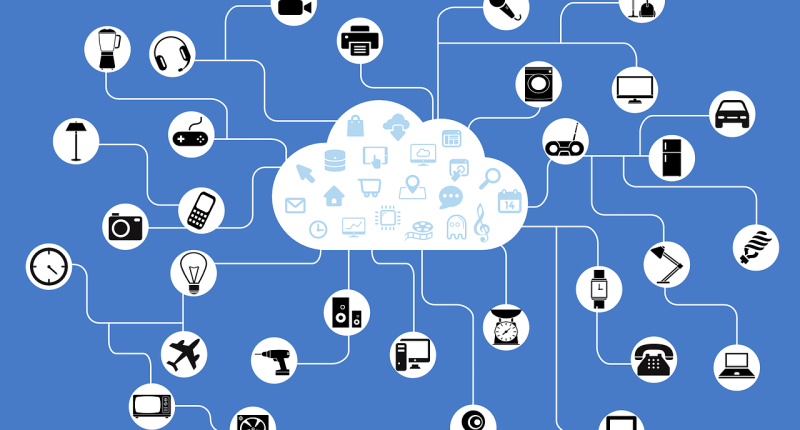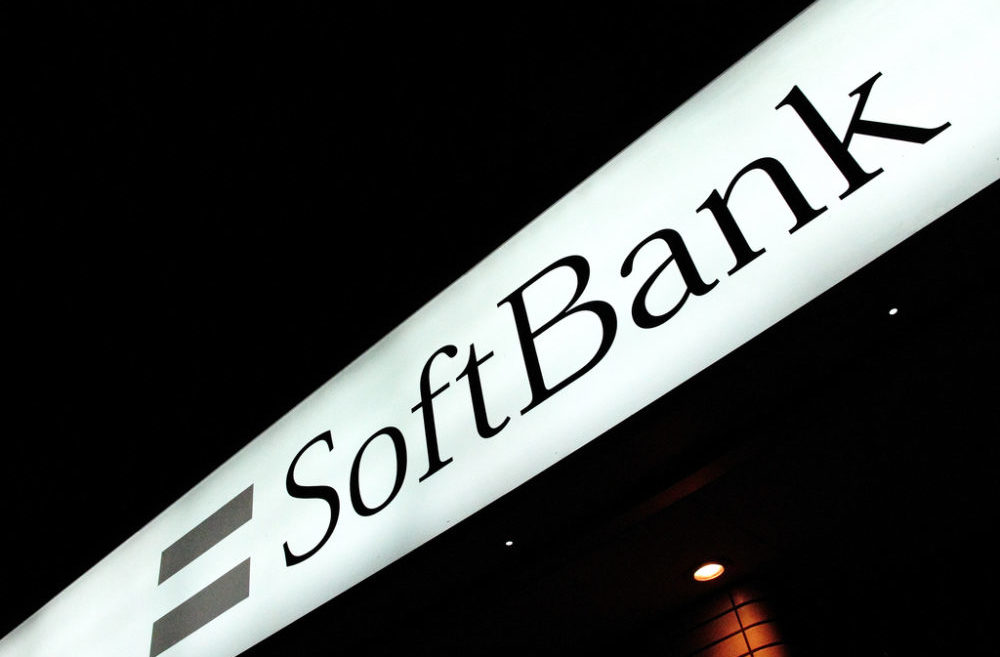In 2024, enterprise IoT connections are expected to reach 11 billion. This figure is projected to increase linearly in the subsequent years, with about 24 million connections by 2030.
Enterprise IoT refers to adopting the Internet of Things (IoT) technology in business operations. It involves investing in hardware networks with sensors, software programs, and network connections that collect, process, and share data.
The applications of IoT are vast, and their impacts have been felt across industries, including healthcare, agriculture, manufacturing, and transportation.
But what exactly is this technology, and why should your company adopt it?
Processes of IoT
Here’s how IoT works:
- Software or Cloud – Manage device connections by monitoring hardware, application layers, and processing abilities
- Sensors – Converts real-world variables into interpretable and shareable data
- Unique Identifiers (UIDs) – Special tags like numeric and alphanumeric strings help extensive networks recognize devices. One example is the IP address
- Internet – Sensors connect to the Internet to enable communication between devices
- Artificial Intelligence (AI) and Machine Learning – Uses technology like natural language processing (NLP) to make it easier for users to enter information and interact with devices
- Edge Computing – Speeds up the response time by moving computational resources closer to data sources
IoT Impacts on Business Operations
IoT is revolutionizing industries in the following ways:
Intelligent solutions
The most notable impact of IoT on business operations is the development of intelligent solutions. This benefit enables you to enhance existing technical solutions and introduce new and innovative products.
IoT helps create better intelligent solutions by gathering information about consumers’ device usage.
This assessment lets you adjust your products to customer needs, improve services currently in use, and remove unnecessary features.
At the same time, IoT helps you introduce new products with added value. Some examples include robot vacuums and digital weighing scales.
Simplified automation
IoT allows people to control their devices remotely, alter the configurations, and adjust systems—like regulating the temperature on smart thermostats. These devices then notify users by sending alerts, messages, and warnings based on the system’s status, providing two-way communication.
This two-way communication helps simplify the automation process across industries.
The combination of IoT and robotic process automation can also take your business to the next level of automation. This heightened automation can streamline all supply chain stages—from warehousing to retail shops—making the process more straightforward for companies.
Energy-efficiency
According to Transforma Insights and 6GWorld, most energy-efficient consumption is related to IoT applications.
The same report also forecasted that IoT and artificial intelligence (AI) will save about 1.8 petawatt-hours (PWh) of electricity and 3.5 PWh of fuel. This consumption results in 5.3 PWh less energy.
As such, companies that use IoT systems can significantly reduce their energy consumption. Additionally, the intelligent configurations can detect and remove resource leaks and find smoother ways for machines to operate.
Reduces downtime
Another significant impact of IoT is preventive maintenance practice. Before failures happen, IoT systems can notify you about machine health, utilization, and potential issues. This way, you can take immediate action at lower costs and reduce downtime.
Reducing downtime is crucial because it ensures uninterrupted operations. When machines run smoothly, you can avoid financial losses from production and delivery delays. Moreover, fewer downtimes mean better customer service, resulting in customer satisfaction.
With proactive maintenance approaches, you can also extend your equipment’s lifespan, contributing to operational efficiency.
Cloud development expansion
IoT systems use cloud technologies to process, analyze, and store data.
For this reason, the rise of IoT adoption has increased the demand for cloud development. This demand can provide the following benefits:
- Development of more advanced cloud systems
- Contributes to the growth of the cloud computing market, encouraging investments and new entrants
- Continuous upgrade and expansion of cloud infrastructures to handle significant volumes of data
- More accessible cloud services for small- and medium-sized enterprises
- Global connectivity and collaborations
Enhanced asset tracking
Another profound impact of IoT is it helps enhance asset tracking. It provides real-time monitoring through sensors like radio frequency identification (RFID) tags.
RFID tags have intelligent labels with detailed product information. These tags are embedded in products, making it easy for you to know where your assets are.
This capability benefits logistics, where precise locations and status are crucial in delivery time. It’s also a game-changer for inventory management and equipment maintenance.
The rise of intelligent industries
The emerging intelligent industries in IoT include:
- Wearable Technologies – Devices like smartwatches and other internet-connected accessories. They also provide functions like near-field communication (NFC)
- Smart Agriculture – Optimizes human labor by increasing the quality and quantity of crops through IoT and other contemporary technologies
- Self-Driving Vehicles – IoT systems are among the technologies that equip motor vehicles with sensors, allowing safe movement without human intervention
- Smart Homes – Devices like smart thermostats, refrigerators, and lights that enhance the living experience
- E-Healthcare – Devices that provide real-time patient information and diagnosis
- Smart Cities – A relatively new concept that aims to manage cities with smart devices. They include automated street lights, traffic congestion control, and waste management
Potential Pitfalls of IoT in Businesses
Like other technologies, IoT is imperfect. You must understand the drawbacks to implement this system efficiently:
Data security
IoT networks contain sensitive information, making them valuable targets for hackers. Proactive cybersecurity measures are a must to safeguard your assets against physical tampering, hardware attacks, network attacks, and internet-based attacks.
To mitigate cyber threats, you must implement encryption and security protocols across IoT systems.
For instance, VPN services like IPVanish provide comprehensive threat protection, shielding your IoT infrastructures against unauthorized access. They encrypt your personal information and hide your IP address.
Setup costs and integration
Your existing hardware systems may not be compatible with IoT networks. This complexity requires comprehensive assessments and ample time for deployment.
At the same time, setups can be costly. Your company must invest a lot in purchasing, configuration, and deployment. You’ll need a substantial initial investment amount to receive higher returns.
Different manufacturers also have different standards and protocols. These differences can make communication challenging for machines, leading to interoperability issues.
Management issues
Business owners tend to think of IoT as only a technology. Without considering its implications on business operations, they often leave the implementation and maintenance to IT teams exclusively, affecting the internal team and legal compliance.
Efficient IoT implementation and management requires collaboration across teams. This teamwork is crucial in adoption, familiarization, and meeting legal and regulatory standards.
Reliance on power and internet connectivity
Most IoT devices rely on power and internet connectivity. When either goes down, so do the systems and anything connected to them, leading to significant downtimes that reduce operational efficiency.
Since outages are sometimes inevitable, you must proactively prepare contingency plans to address these events. It’s also best to troubleshoot potential issues to ensure your teams can continue working when the devices are down.
Learning curve
Although IoT networks help simplify automation tasks, they involve complex technologies.
If these systems make errors, like combining different data types, they can cause significant issues to other networks. For instance, when a device misinterprets the number of shipped products, it can lead to inaccurate inventory counts.
As such, there might be a significant learning curve before deploying IoT networks into your business. You must develop strategies for deploying them before adoption to ensure the networks will work as intended.
Future-Proof Your Business With IoT
With its various benefits, embracing IoT is pivotal to staying competitive in the rapidly changing digital landscape.
However, being mindful of this technology’s pitfalls is essential in implementing efficient strategies for risk management. By proactively addressing such concerns, you can unlock IoT’s power and future-proof your business with sustainable growth and resilience in future technological advancements.





